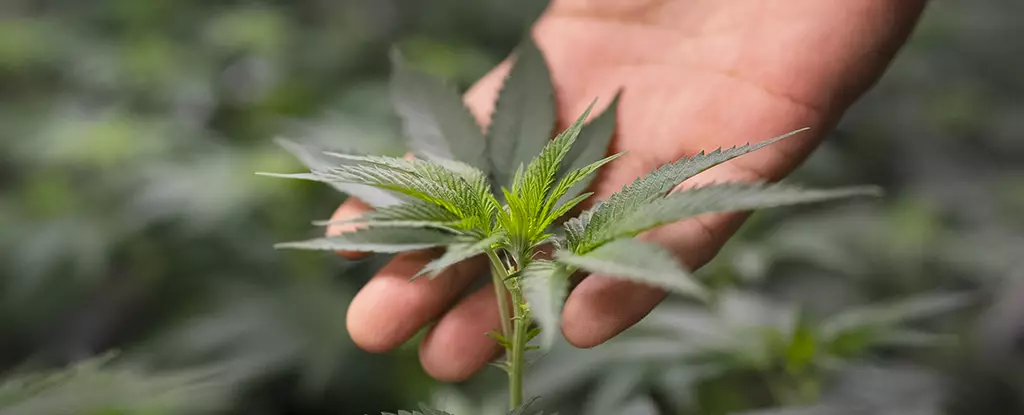The landscape of cannabis use in the United States is experiencing a significant transformation, driven by shifts in social acceptance and legislative measures. Over the past decade, various states have relaxed restrictions on cannabis, resulting in widespread availability and changing opinions surrounding the drug. However, amidst this rising tide of acceptance and use, an interesting demographic paradox emerges: while a broad spectrum of adults is increasingly embracing cannabis, adolescents seem largely unaffected by this trend. This article explores the multifaceted dynamics of cannabis consumption in the U.S., emphasizing the influences of socioeconomic factors, public health implications, and the need for further research.
According to an in-depth analysis conducted by researchers from the University of Kentucky and the University of Louisville, cannabis consumption among adults has surged dramatically. The study, which utilized data from a robust sample size of over half a million individuals collected from 2013 to 2022, reveals a noteworthy trend: individuals from households with annual incomes surpassing $75,000 and those holding college degrees have seen their cannabis use more than double. This signifies that cannabis is increasingly perceived as acceptable and even normalized among higher socioeconomic classes.
Interestingly, data indicated that overall cannabis use within the entire sample raised from 7.59% to 15.11% within the observed nine-year period. However, the adolescent demographic—those aged 12 to 17—showed no significant increases in usage rates. This prompts questions about the factors at play that differentiate these groups and raises concerns regarding adolescent exposure to cannabis, especially as acceptance grows among older populations.
The stagnation of cannabis use among teenagers remains perplexing, particularly in light of the comprehensive legalization observed across many states. The researchers highlighted that despite the booming rates of usage among adults, cannabis prevalence among the adolescent demographic has remained constant. Potential contributing factors include increased educational campaigns around drug use, heightened awareness of mental health issues, and perhaps a general shift in lifestyle preferences among teenagers—more of whom may be choosing other recreational activities over drug use.
Additionally, the findings indicate that these trends persisted despite the challenges posed by the COVID-19 pandemic, which in some cases has reshaped social interactions and activities for this age group. Rather than a favorable environment for increased drug experimentation, the pandemic may have discouraged social gatherings where cannabis use would typically occur.
A significant aspect of the prevailing trends in cannabis usage correlates with the legalization movement that began in earnest with the legalization of recreational cannabis in Colorado and Washington in 2012. Since then, a total of 38 states have legalized cannabis for medical purposes, while 24 states permit recreational use. Researchers posit that greater accessibility and shifting norms have fueled the surge in adult usage. However, they urge caution, particularly regarding the pressing need for future research into the influences behind these trends and their broader social implications.
Despite legislative progress, the ramifications for public health and safety remain a critical concern. The rising popularity of cannabis prompts questions about potential health risks, including psychotic episodes and possible cancer susceptibility.
As cannabis use becomes more ingrained in U.S. society, the importance of preventative measures and harm-reduction strategies rises. The ongoing studies call for comprehensive analyses that consider various influencing factors such as legal frameworks, mental health trends, and public perceptions of cannabis-related risks.
Through informed discourse and robust public health initiatives, stakeholders can work towards mitigating potential harm while promoting responsible use. The call for further research is imperative, not only to understand the health impacts of increasing cannabis use but also to shape public policy and education efforts aimed at all demographics, particularly vulnerable populations such as teenagers.
The evolving landscape of cannabis use in America presents a complex tapestry shaped by societal changes, economic factors, and health implications. While the rise in adult cannabis usage signals shifts towards acceptance, the stagnant rates among teenagers demonstrate the need for continued vigilance and educational initiatives. Moving forward, prioritizing research and developing targeted public health strategies will be essential in navigating the nuanced landscape of cannabis in the United States, ensuring that both the benefits and risks are adequately addressed.

